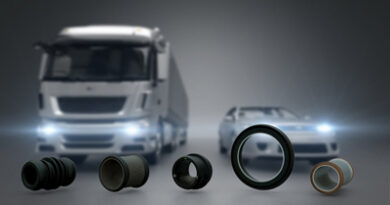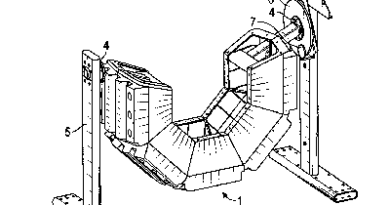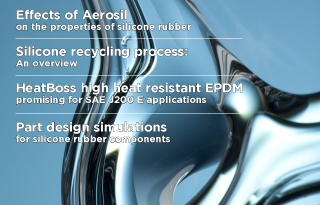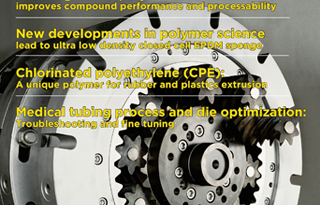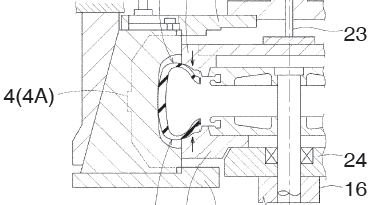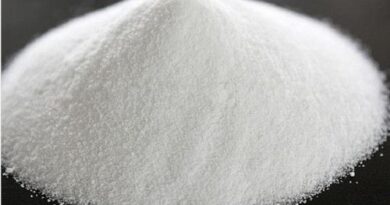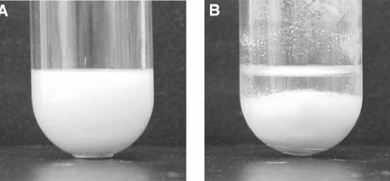Seals prevent bearing damage in EVs
Freudenberg Sealing Technologies’ new generation electrically conductive seals prevent bearing damage caused by electrically induced corrosion, and also increase electromagnetic compatibility. Electric cars with drive systems that operate at 800 volts instead of the usual 400 can recharge in just 15 minutes, and produce enough power to drive several hundred kilometers. The power semiconductors in the inverter ensure that the direct current stored in the battery is converted into the alternating current required by the electric motor while driving. These power electronics are often positioned directly above the electric motor, and are also known as electric engine injection systems.
Read More
